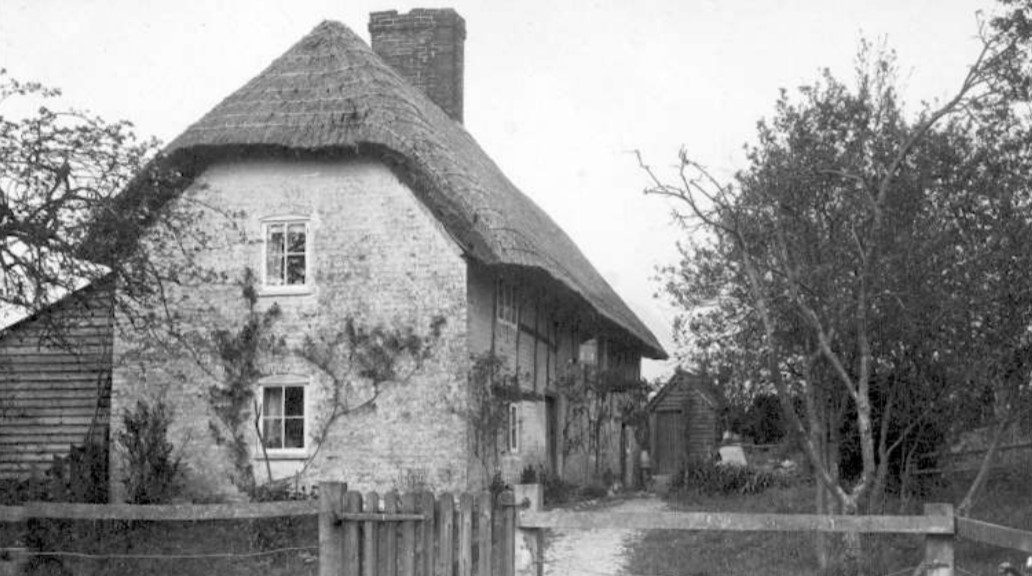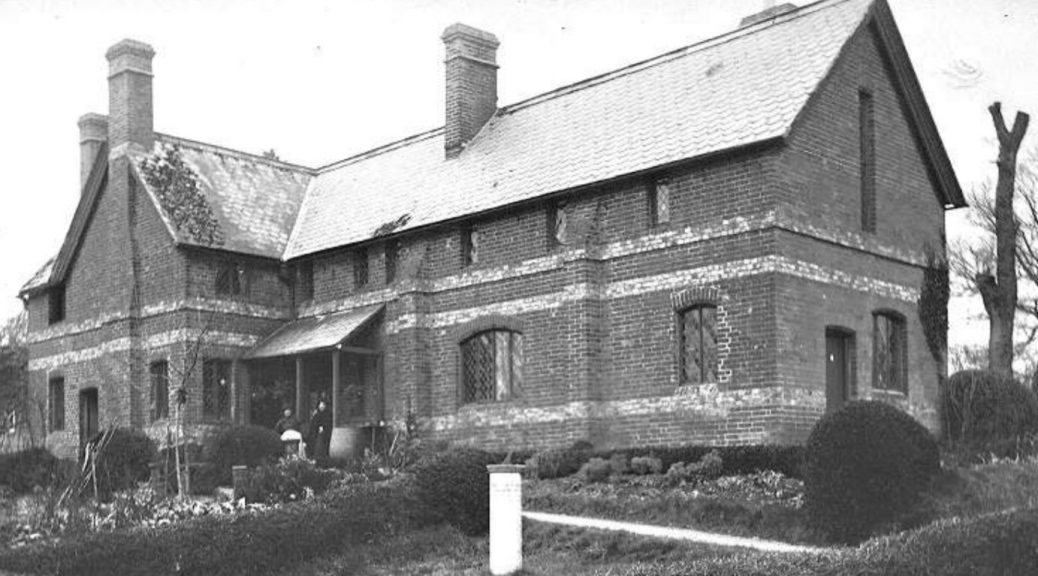Brimpton History: A few more houses
Before I decided to make this website, my original aim was to publish a collection of old photos from around the village, accompanied by a modern update taken recently. Whilst that plan got put to one side for various reasons (most notably: the complexity of copyright!) I came up with the idea of this website, as a way to share some of these photos and some accompanying history that I had collected. Many of the buildings and properties I’ve featured…



